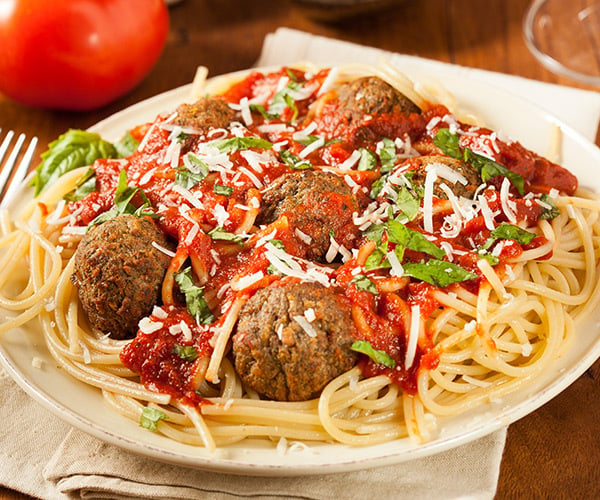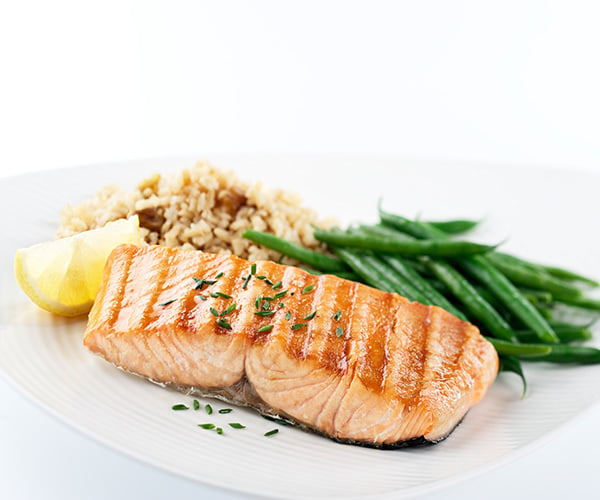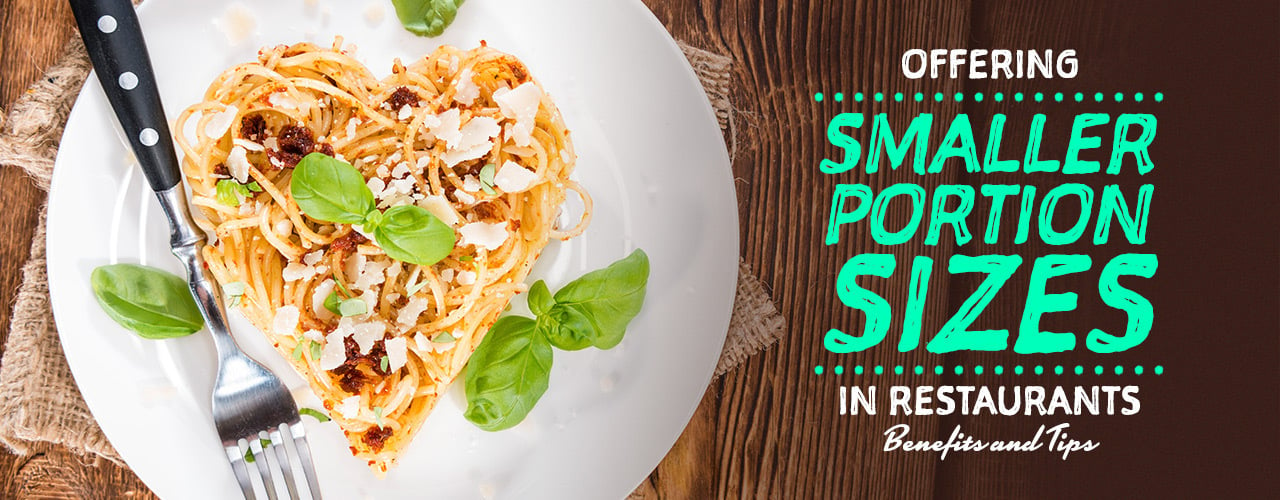Offering Smaller Portion Sizes in Restaurants: Benefits and Tips
If you’ve noticed customers sharing meals, ordering lunch-sized portions for dinner, or going with a simple soup and salad combo instead of an actual entree, then it might be time to rethink your restaurant portion sizes. If your portions are like a majority of restaurants’ serving sizes in the United States, then they most likely exceed the USDA’s recommendations for fat, saturated fat, sodium, and calories per meal. In contrast, Spanish tapas restaurants have mastered the art of satisfying customers with small, artfully plated dishes. To help retain your customers who are trying to lead healthier lifestyles, it’s important to do as the Spainairs do and offer more reasonable portions. Plus, offering smaller portions can have many benefits for your restaurant.
Why Do Restaurants Offer Large Portion Sizes?

Profit margins for restaurants are slim due to a number of fixed costs including wages, rent, equipment, and utilities that must be paid despite the amount of customers served. Therefore, in order to increase profits, restaurants will justify a higher menu price with larger portions.
This can be especially effective when these larger meals are supplemented by low-cost items including pastas, potatoes, beans, or rice. For example, doubling the size of a pasta dish may only cost your restaurant fifty cents more, but you can charge twice as much.
While this strategy may have worked in the past, an increased awareness of calorie consumption in consumers is putting smaller portion sizes back on the map. Switching to smaller portions may lower each item’s profit potential, but it can make up for it in an increased customer base.
Does Offering Larger Portions Negatively Impact Your Restaurant?
As consumers put more focus on what they’re putting into their bodies, they start to cut out unhealthy options such as eating out. These shifts in focus can be attributed to popular diet plans, healthier lifestyle campaigns, and smart phone apps designed to count and track your calorie intake. If your restaurant is offering large portion sizes, the higher calorie counts could keep these customers from coming through your doors.
For those who still enjoy the social aspect of going out but want to avoid unhealthy choices, they may decide to split a meal with a friend or only order the house salad. While these choices still bring customers to your business, they can ultimately lower your restaurant’s profits. If consumers stop eating out as often or altogether, your restaurant could start to suffer.
Therefore, it’s important to consider ridding your menu of large portion sizes that scare away health-conscious customers and instead offering meals with more appealing calorie counts.
What Are the Benefits of Offering Smaller Portions in Your Restaurant?

While smaller portion sizes can mean a smaller menu price, your profits don’t have to take a plunge. In fact, adjusting your portions and prices to better match the shift in consumer views can positively impact your bottom line. Below are a few ways in which smaller portion sizes can benefit your restaurant.
Decreased Food Costs
Paying close attention to your portion sizes is a simple and effective way to keep food costs in check. Smaller portions can often mean less food waste per meal. And because chefs are closely monitoring portion sizes during the plating process, the risk of over-portioning is reduced. Less over portioning means less money waste and a higher profit margin per entree than entrees plated without proper portioning.
Healthier Ingredients
Since you’re focusing on quality over quantity, offering smaller portions can give your chef a chance to use healthier, organic, or more exotic ingredients. That’s because offering smaller portions enables chefs to create more dishes with less ingredients. This is especially important if the ingredients come at a higher price.
Appeals to a Larger Market
Placing smaller portion offerings on your menu can encourage health-conscious visitors to order an entree rather than a less expensive salad or side. Offer both small and larger sizes to appeal to a wider audience and draw attention to your new, healthier portions. Additionally, offering smaller portions of dishes can give the chef a chance to diversify your menu. That’s because smaller portions allow you to focus your food budget on a wider variety of ingredients rather than a bulk, limited selection.
How to Offer Smaller Portions
Cutting portions needs to be done tactfully to avoid angering customers who are used to dishes being a certain size. For example, if your dedicated customers notice that their favorite pasta dish is now half the size but the same price, they’re not going to react positively. However, there are a few tips and tricks below to help you successfully offer smaller portion sizes to benefit your business and your customers.
Focus on Presentation
When offering smaller portions, it’s important to turn your attention to plating and presentation. That’s because putting more time into how the food looks on the plate can take focus away from the smaller portion sizes. Here are a few tips to creating an attractive and alluring presentation of your smaller portions:
- Serve meals on smaller servingware to prevent plates and bowls from looking empty.
- Fill plates with more vegetables and fruits to make them look fuller without packing on unhealthy calories.
- Use taller, narrower glassware, like zombie glasses, for serving drinks.
Incorporate Menu Psychology
Menu psychology can be used to help influence your diner’s decisions. Implement the following strategies into your menu’s redesign to help gear customers towards your new, smaller portions:
- Describe your smaller portioned entrees positively on your menu by using terms like “lighter” and “healthier.”
- Display calorie counts on your menu.
- Place smaller portions on the menu under a “Lighter Fare” or “Healthy Selections” section.
Create Healthier Options
If you’re trying to draw health-conscious customers into your business, you need to be sure you’re offering healthy, wholesome options. Consider incorporating the following suggestions into your menu selections:
- Keep meals under 700 calories, which is a healthy caloric intake for adults.
- Allow customers to choose half sizes of their favorite salads, soups, and meal combos.
- Make miniature versions of burgers, sandwiches, and wraps using slider buns, crustless bread, or small tortilla wraps.
As you transition your menu to offering smaller portion sizes, don’t forget to utilize portioning tools such as ladles and electronic portion control scales. Properly training staff to plate with these tools can ensure consistency and minimize food waste.
Offering smaller restaurant portion sizes can be a great practice for your business. Consider reducing the serving sizes of all of your entrees, or test it out by simply adding a lighter fare section to your menu. Your budget and health-conscious customers are sure to thank you. Additionally, be sure to advertise your restaurant’s initiative on social media to draw customers back in.



